
On April 15th, the research group of academician JI Weizhi, TAN Tao, NIU Yuyu and DAI Shaoxing from the State Key Laboratory of Primate Biomedical Research,Institute of Primate Translational Medicine of KUST, in collaboration with the Salk Institute for Biological Studies of the United States, published their latest research results in Cell with regard to "Chimeric contribution of human extended pluripotent stem cells to monkey embryos ex vivo."
Research Group
Prof. Tan Tao's group, Dr. Zhang Yuyue, Prof. Niu Yuyu's group, Dr. Si Chenyang, and Prof. Dai Shaoxing, who is in charge of the bioinformatics platform, are thejoint-primary authors of the article. Prof. Juan Carlos Izpisua Belmonte and Prof. Wu Jun of the Salk Institute, Prof. Tan Tao, Prof. Niu Yuyu, and Academician Ji Weizhi of the Institute of Primate Translational Medicine of KUST are the co-corresponding authors of the article.
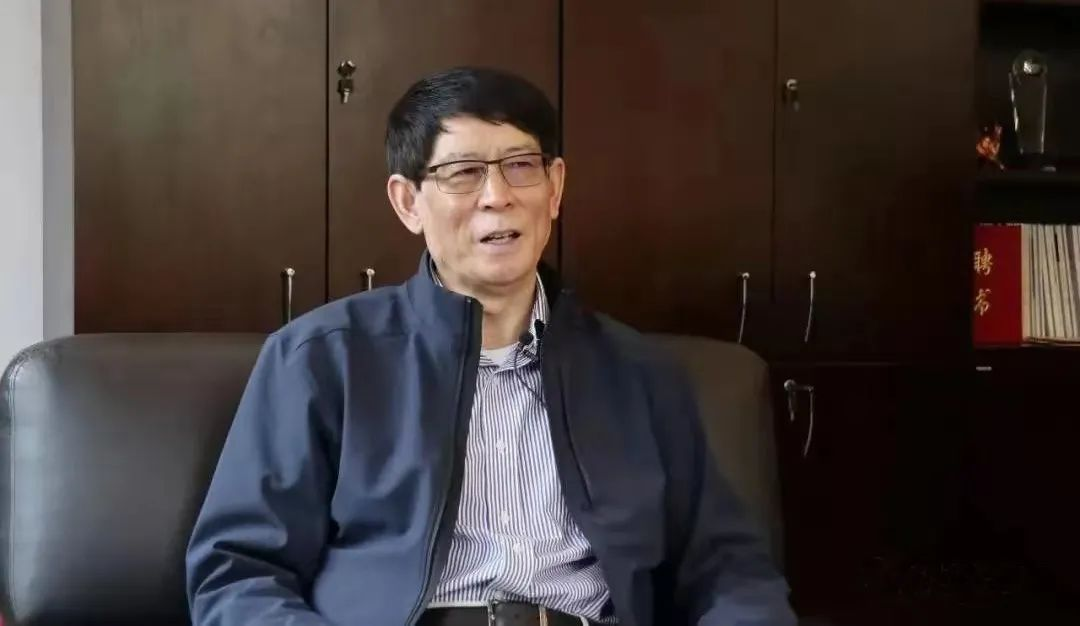
Academician JI Weizhi
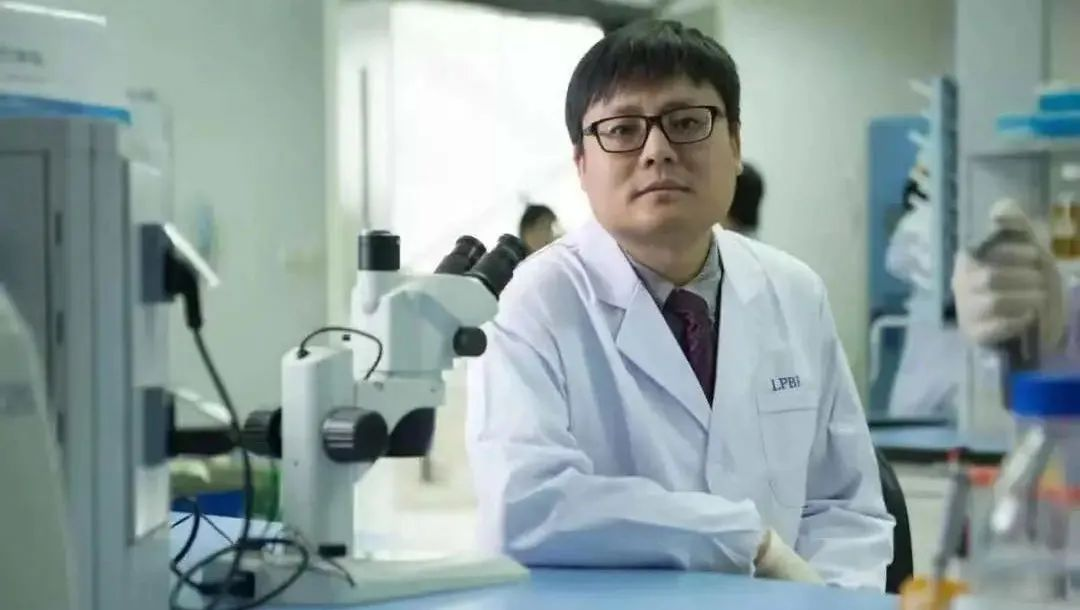
Professor TAN Tao

Professor NIU Yuy

Assistant Professor DAI Shaoxing
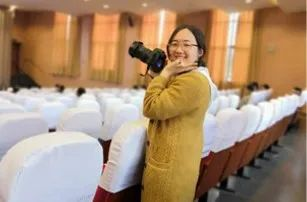
ZHANG Youyue
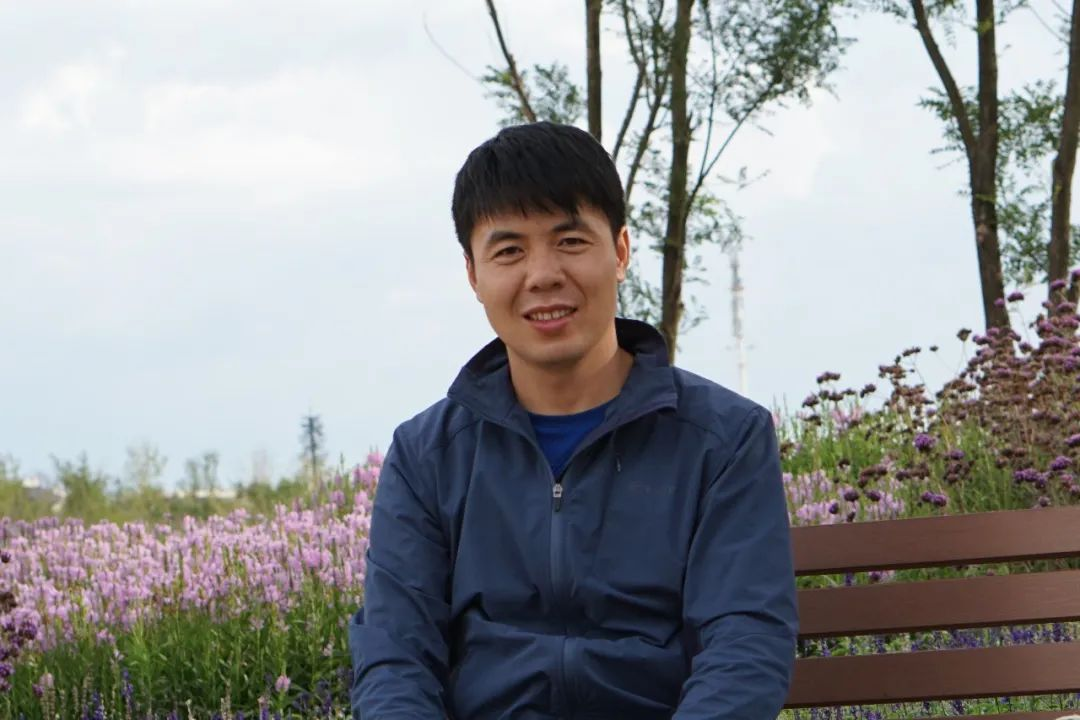
SI Chenyang
Background
Approximately 2 million people worldwide are in need of life-saving organ transplants each year, but there is a huge shortage of organs, which mainly come from donations. There are three major solutions: xenotransplantation, interspecies chimeras, organoid and 3D bio-printing. Different strategies have different problems, such as immune rejection and ethical issues for allogeneic organ transplantation; organoid and 3D printing methods may cause organ dysfunction and may not result in a perfect transplantable organ. Although xenograft chimerism also has problems, such as low chimeric efficiency, it may produce a breakthrough in the future. Breakthroughs in fundamental theories and critical technologies for embryonic and organ development are still needed for organ reconstruction.
A series of breakthroughs in interspecies chimeras in large animals have been achieved in recent years, such as the chimerization of human stem cells in early pig embryos by Juan Carlos Izpisúa Belmonte and Wu Jun et al. Academician ZHOU Qi, LI Wei and Haitang's research team at the Institute of Zoology and the State Key Laboratory of Stem Cell and Reproductive Biology, Chinese Academy of Sciences have obtained the first cynomolgus monkey-pig chimera. These studies bring new directions for the following research on chimeras: how evolutionary differences between heterozygotes affect each other in chimeras, inter-cellular interactions, communication and competitive relationships.
Results
TAN Tao and other researchers evaluated the chimeric competency of human expanded pluripotent stem cells (hEPS) in cynomolgus monkeys in combination with the previously established monkey embryo generation system in vitro. They revealed that hEPS can chimerize into cynomolgus monkey embryos and can move into gastrulation along with embryo development, expressing marker genes of mesoderm and endoderm. hEPS cells are difficult to differentiate into trophoblast cells in cynomolgus monkey embryos, but easy to differentiate into epiblast (EPI) cells, which is different from the human-mouse chimera experiment of hEPS cells.
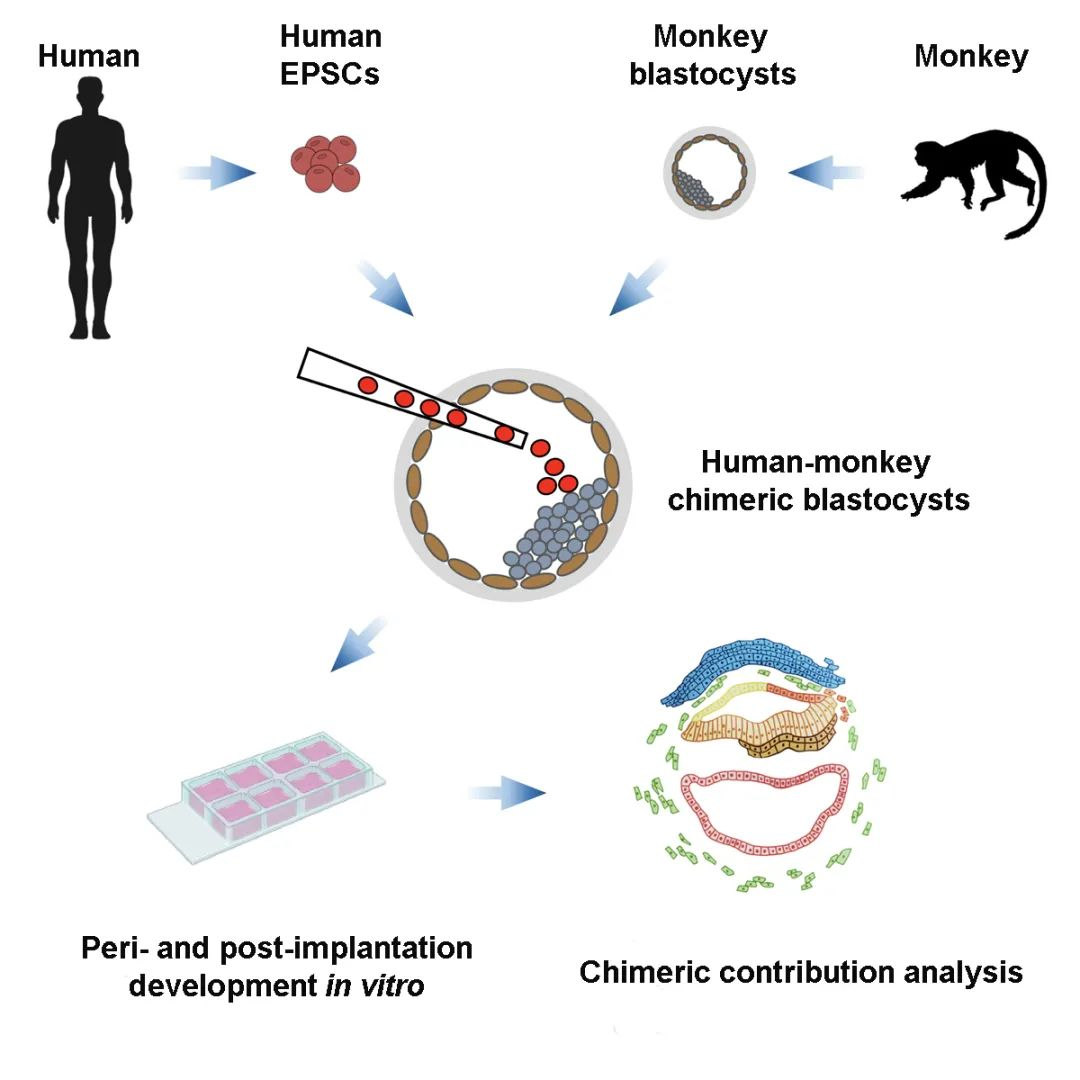
By further combining with scRNA-seq and other technologies, researchers found that hEPS gradually became similar to the recipient cynomolgus monkey embryonic cells in terms of expression characteristics as development progressed, and vice versa. Analysis of cellular interactions revealed a specific interaction relationship between EPI cells in humans and monkeys, such as FGF5-FGFR4. The cell interaction between recipient monkey embryonic cells is also enhanced, mainly involving signaling families such as PI3K-Akt and MAPK. The development process of hEPS in chimeric embryos was significantly slower than the average human and cynomolgus monkey embryos. It may also be closely related to alterations in PI3K-Akt and MAPK signaling pathways.

This study answers fundamental scientific questions such as how interspecies chimeric cells interact with each other and how differences in developmental programs are regulated, providing new ideas for solving problems such as inefficient interspecies chimeras, which is of guiding significance for organ regeneration research.
Link of the original:
https://www.cell.com/cell/fulltext/S0092-8674(21)00305-6?utm_source=EA

The State Key Laboratory of Primate Biomedical Research,Institute of Primate Translational Medicine of KUST is implementing the policy of a "talent zone" in the university, and are always recruiting PI, researchers, laboratory technicians, post-docs, master and doctoral students (including direct doctoral students and exempt students) all year round. At the same time, undergraduates are welcome to visit and practice in the laboratory.
Website: www.lpbr.cn. Email: linx@lpbr.cn
Translated by:LU Xiaoling, Faculty of Foreign Languages and Cultures
Edited by:CHEN Chunli, Faculty of Foreign Languages and Cultures (English)
Source: Institute of Primate Translational Medicine
Issued by: Division of Overseas Cooperation (English)
Edited by: KUST News Center (Chinese)